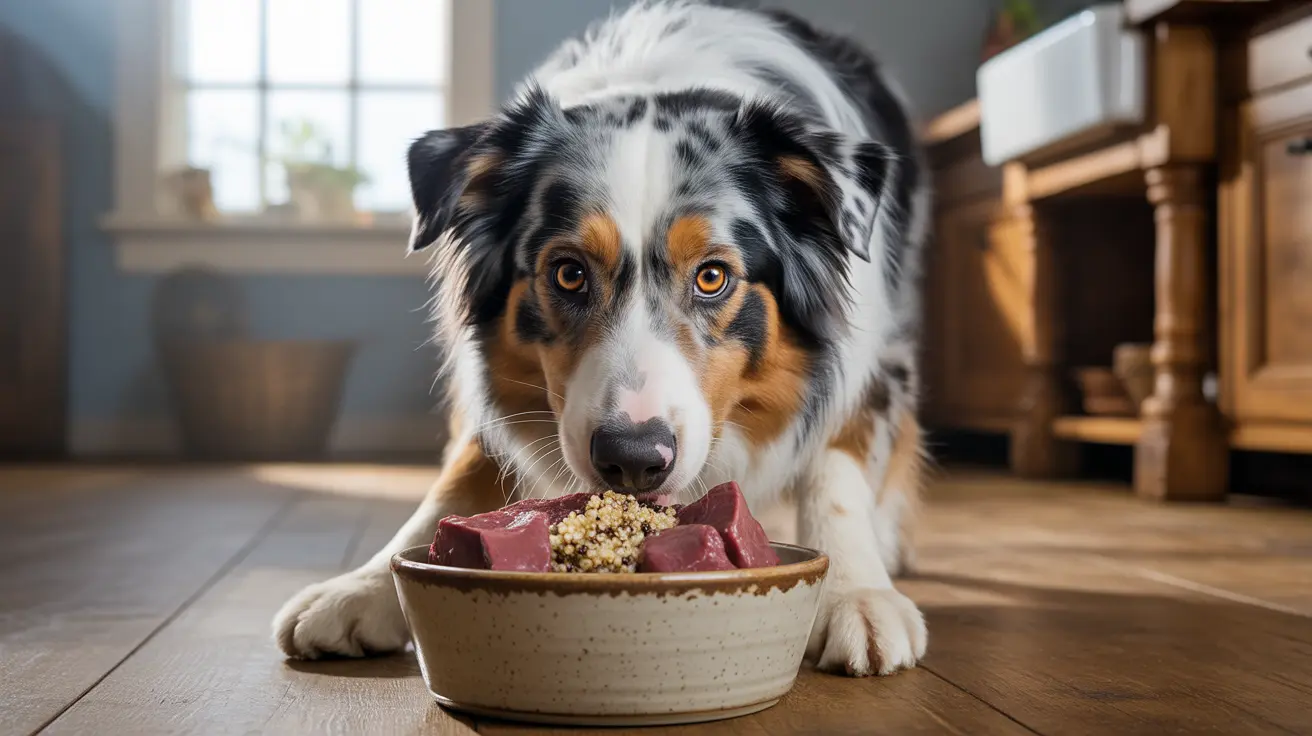Is a Pinch of Salt Safe for Dogs?
Many dog owners wonder whether it’s safe to share their food with their canine companions—especially items seasoned with salt. While dogs need some sodium for essential bodily functions, adding extra salt to their diet can cause serious health issues, particularly in small breeds. Here’s what you need to know about dogs and salt intake.
Why Dogs Need Sodium
Sodium is an essential nutrient for dogs, playing a critical role in:
- Maintaining fluid balance across cell membranes
- Nerve impulse transmission
- Muscle contraction
- Cellular metabolism and function
Fortunately, commercial dog foods typically include the correct amount of sodium (around 0.3%) to meet your pet’s needs. Additional supplemental salt is not required for a healthy adult dog under normal conditions.
Understanding Salt Toxicity
Too much salt can lead to salt toxicosis (also known as hypernatremia), where there is an excessive concentration of sodium in the bloodstream. This condition pulls water from cells, causing cellular damage and severe health outcomes.
Common Sources of Excess Salt Intake
- Salt water ingestion at the beach
- Salty human foods such as chips, processed meats, and cheese
- Household products like rock salt (de-icers) or table salt
- Craft materials including salt dough or homemade playdough
- Sodium-based chemicals like some enemas or cleaning agents
Signs of Salt Poisoning
Symptoms typically develop within hours and may include:
- Vomiting and diarrhea
- Lethargy and decreased appetite
- Loss of coordination or wobbliness
- Excessive thirst and frequent urination
- Muscle tremors or seizures
- Coma or death in extreme cases
Smaller breeds are especially vulnerable. Just 2–3 grams of salt per kilogram of body weight can be toxic. For a toy breed, less than a teaspoon could cause illness.
What to Do If Your Dog Ingests Too Much Salt
- Determine how much salt was ingested and when
- Do not induce vomiting or force water intake without veterinary instruction
- Contact a veterinarian immediately if your dog shows symptoms
Treatment for Salt Poisoning
Veterinary care may involve:
- Blood work and sodium level diagnostics
- Intravenous fluids administered slowly
- Close monitoring to prevent further complications
Never attempt to treat salt poisoning at home by giving your dog excessive water, as this can cause additional strain on organs and may be life-threatening.
Prevention Tips
- Do not feed your dog salty foods like chips, processed meats, or soy sauce
- Store salt-based products and play materials safely out of reach
- Always provide fresh water to help flush any excess sodium
- In winter, use booties or wash paws after walks to avoid rock salt exposure
Dog-Friendly Snack Alternatives
Instead of salty treats, offer your dog:
- Fresh carrots and green beans
- Plain, cooked meats with no added sodium
- Unsalted, xylitol-free peanut butter
- Plain rice or oats
The Bottom Line
A tiny pinch of salt is unlikely to harm most dogs, but giving any extra salt is generally unnecessary and can be dangerous, especially for smaller dogs or those with underlying health conditions. Trust your commercial dog food to provide the right balance, and focus on low-sodium, dog-safe treats as rewards or snacks. When in doubt, consult your veterinarian before introducing new items—especially salty ones—into your pet’s diet.





